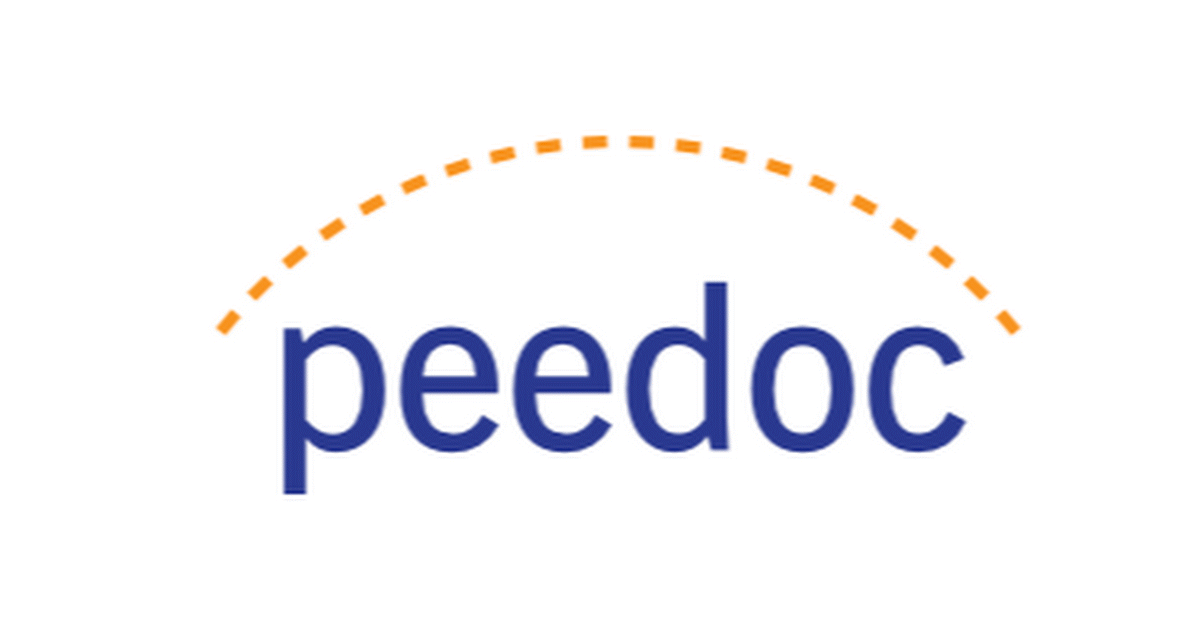
Bengin Prostatic Hypertrophy (BPH)
Benign Prostatic Hypertrophy (BPH)
BPH means your prostate is enlarged, but is not cancerous. It is very common in virtually all men over age 50. An enlarged prostate may make it more difficult to urinate or cause dribbling after you urinate. You may feel the need to urinate a lot, often at night.
Treatments for BPH include:
Active surveillance. If your symptoms are not too bad, your doctor may tell you to wait before starting any treatment to see if the problem gets worse. The PeeDocs will tell you how often you need to return for checkups. You can start treatment later if your symptoms worsen.
Complimentary Treatments. These are supplements many consider natural treatments. Prostate health is a blend of important vitamins, minerals, amino acids, plant sterols and herbs that work synergistically to maintain a healthy prostate.
Medications. There are three classes of prescription medication that can help your obstructing prostate. 1) Alpha-blockers. Medications like tamsulosin or Flomax help relax the muscle at the bladder neck to help you release more urine. 2) 5-alpha-reductase inhibitors. Medications like finasteride or Proscar can shrink the glandular portion of the prostate thereby relieving some of the obstruction. 3) Tadalafil. Cialis or tadalafil, normally thought of as an ED medication, can help your voiding if you take a low dose every day. Talk with the PeeDocs about the potential benefits versus the possible side effects.
PAE - Prostatic Arterial Embolization. Prostatic Arterial Embolization (PAE) is a minimally invasive procedure used to treat an enlarged prostate (BPH) by reducing blood flow to the prostate, causing it to shrink. Performed under local anesthesia with sedation, PAE offers relief from urinary symptoms with minimal risk, a quick recovery, and preservation of future treatment options if needed. It is an effective alternative for men seeking non-surgical solutions to BPH without the need for a catheter.
Urolift. Urolift is a recent, major advance in the treatment of enlarged prostates. It is a very quick, out-patient procedure that opens the prostatic urethra and has no known sexual side effects. It often allows men to get off medications and get on with their life. It is indicated in prostates less than 80 gm. Dr. Nelson has been named a center of excellence in UroLift.
Rezūm. This is a safe and effective office-based treatment that uses thermal energy in water vapor to reduce and remove obstructive tissue surrounding the prostate. It is usually done in the office with some type of nerve block or sedation. It does require a catheter in for a few days after the procedure while the tissue is shrinking.
Aquablation. This is a revolutionary treatment for BPH as it removes the prostatic tissue with a high velocity cold water jet. Aquablation therapy is an advanced, minimally invasive BPH treatment that uses the power of water delivered with robotic precision.
It’s a long-lasting solution with low rates of irreversible complications, including 0% erectile dysfunction in large studies. Aquablation can be use on prostates too large for UroLift, Rezūm or TURP.
Transurethral Resection of the Prostate or TURP. Your doctor may suggest surgery to help urine flow by removing the inside of the prostate. This can be done conventionally or with Laser. Talk with the PeeDocs about the potential benefits and risks of these surgeries. Regular checkups are important after surgery.


